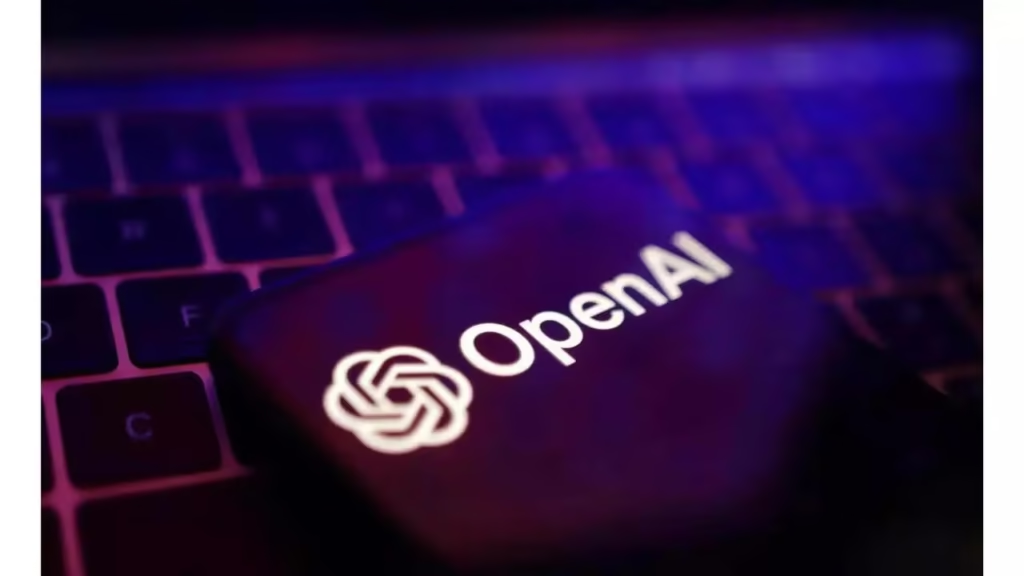AI in Education: A New Approach
OpenAI’s Leah Belsky is calling on students and educational institutions to rethink their approach to artificial intelligence. Rather than viewing AI as a mere answer machine, Belsky encourages its use as a tool to enhance critical thinking and creativity. This perspective is crucial as AI becomes increasingly integrated into various aspects of life and work.
The Importance of AI Proficiency
Belsky emphasizes that proficiency in AI is now a fundamental skill for graduates entering the workforce. As industries evolve, the ability to understand and utilize AI tools is becoming as essential as traditional literacy and numeracy. This shift underscores the need for educational systems to adapt and prepare students for future challenges.
Introducing ‘Study Mode’ in ChatGPT
To support this educational transformation, OpenAI has introduced ‘Study Mode’ in ChatGPT. This new feature employs the Socratic method, encouraging active learning by prompting students to engage deeply with content rather than passively receiving information. By fostering a dialogue-based approach, ‘Study Mode’ aims to develop students’ analytical skills and promote independent thinking.
Implications for Educational Institutions
Educational institutions are urged to integrate AI into their curricula, not just as a subject of study but as a tool across disciplines. This integration can help students develop a nuanced understanding of AI’s capabilities and limitations, preparing them for diverse career paths. Institutions that embrace this change may find their graduates better equipped for the demands of modern workplaces.
A Call to Action
Belsky’s message is clear: embracing AI in education is not just about keeping up with technological advancements; it’s about empowering students to become innovative thinkers and problem solvers. As AI continues to shape the future, those who can harness its potential will lead the way in various fields.
